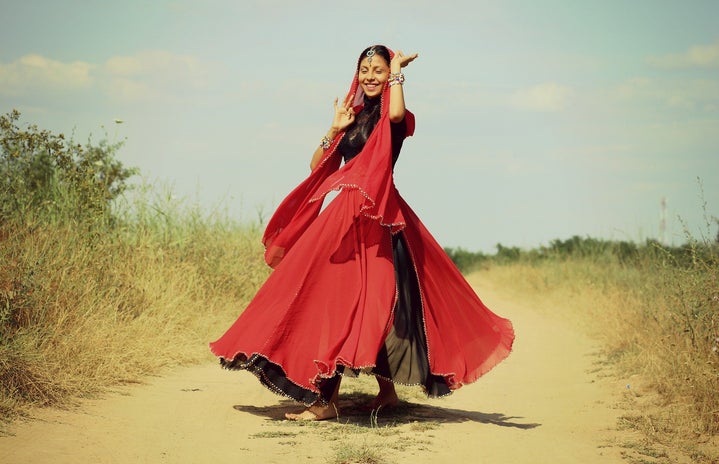“A man does not need to cover his head because he reflects the image and glory of God but a woman reflects the glory of man”.
This verse from the book of Corinthians 1 in the Bible, written thousands of years ago, still holds its essence in the Churches of India. In fact, it was just last Sunday that my female friend was reprimanded for showing up without a head cover for the Sunday Mass. Even when the world went through multiple cultural and ideological changes, religion stands rooted throughout the history of humanity. This inter linkage between religion, culture and dress codes is fascinating.
Clothing is an inseparable part of the culture; it reflects society’s current culture, habits and customs. Like all things in a society, dress is also bound tacitly by customs, rituals, and social conventions. These ideologies and social conduct are further tied down by gender, age, geography and religion. Abiding all these conventions or lack thereof expresses the individual and their mentality. Conventions are sometimes also used to establish social hierarchies and use control for power in the name of religion. Their individual and group identities are easily recognizable through these dress codes. While some don’t have rigid customs, some religions use dress codes to separate them from the larger culture visually. A very common and relevant example is the burqa or chador worn by conservative Muslim women in public.
Throughout the history of religion, religious dress codes have been implemented with two points in mind: to maintain the long-standing traditions of the society and to control the individual identities under the umbrella of unsuspected irrefutable religion. Since childhood, we have been taught that religious places define modesty and morality, but underneath, they also control our sexuality. These dress codes are often stuck in the century the scriptures were written in, while the fashion industry stays dynamic and progressive in nature. Over the years, fashion has concentrated on bringing out the wearer’s individuality, while religious dress codes stress developing a group identity.
In Hinduism, dress codes are an expression of the wearer’s inner self. Accordingly, the clothing and the adornment reflect the person’s level of piety, the specific God they are devoted to, and so on. Since they are tradition-bound, these dress codes are not susceptible to change. Modesty and simplicity are the rules to abide by when inside a Hindu temple; parents remind their children to wear something ‘appropriate’ and ‘less revealing.’ Wearing jewelry or ‘fashionable’ clothes that may attract attention is frowned upon since they distract others from the spiritual environment.
As a Christian, I have repeatedly been subjected to the same conditions whenever my family leaves for the Sunday Holy Mass. Since childhood, I had believed this dress code to be a norm, something irrefutable and going against it made me less pious or good of a person. I had the opportunity to talk to a Christian nun about this fork in the road, which eventually led to more conflicting thoughts. According to the scriptures, women and their bodies are seen as objects of temptations, and the only solution is for them to dress as modestly as possible to not tempt others while praying. One even goes as far as to say that Adam’s fall was attributed to Eve’s sexuality and her temptation. This provides the segue for the traditional covering of the head. In South Indian Churches, this convention has to be followed very diligently. It doesn’t just stop there, wearing tops that are above your hips or even skinny jeans in Churches there can make you the target of people’s stares and even glaring. In all these cases, male sexual guilt is projected onto the female body. The term modesty acts as a veil to cover the body to disguise female curves and cover women’s hair. The irony is up for debate- women hiding the bodies that God gave them when going inside His temple. Here religious conservatism is at its peak and is directly related to body exposure.
Sure, the scriptures mention modesty in clothing but it should be noted that perceptions of modesty are constantly changing. In today’s 21st century, some self-proclaimed guardian of the hemline shouldn’t be telling anyone regardless of their gender or religion when and what to wear. Religious dress codes have been passed down the generations through word of mouth; neither does it hold much credibility in terms of origin nor reason. The simplest solution to this equation is to follow your conviction and your beliefs and not get strayed by century-old ideological agendas.

